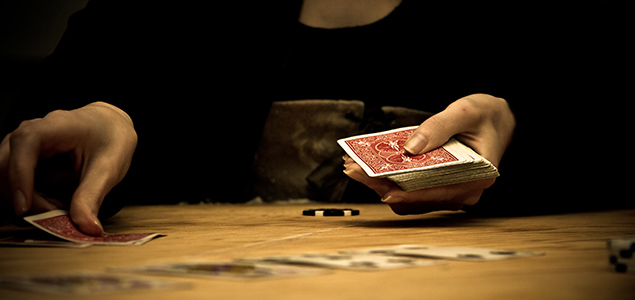How Gamification Can Help You Market Your Event
Last Updated on October 7, 2021

If you’re working in the events industry, there’s a good chance you have, on at least one occasion, heard someone use a word like “gamification” or a phrase like “game theory” to refer to a particular marketing strategy. It seems to be the next big buzzword in marketing; like any buzzword, there’s more to it than meets the eye. It’s also an invaluable strategy for marketing your brand, if you understand how to utilize it.
So… what exactly is gamification?
Before we go any further, I’d like to clear up an incredibly common misnomer: game theory and gamification are not the same thing. While they may share a few surface commonalities, the two strategies couldn’t differ more wildly from one another.
Game theory traces its origins back to the early 20th century, more specifically to mathematician John Von Neumann. Back in the 1920s, Neumann was puzzling over his difficulties with the game of poker. For the life of him, he could not—in spite of his clear mathematical skills—seem to win a game. A revelation struck him a short time later: the game of poker wasn’t about cards at all. It was about his opponents.
He quickly worked this realization into a theorem. Sometime later, he teamed up with Oskar Morgenstern, using Neumann’s findings to publish Theory of Games and Economic Behavior. This book effectively gave birth to game theory, which examines and analyzes the strategic decision-making process, primarily through the use of mathematical algorithms.
Game Theory has proven vital to a wide array of different fields; including economics, political science, biology, philosophy, and computer science (particularly in the development of computer simulations and information security). It’s an extremely vital concept that every business professional should understand… but as I’ve said, it has little to do with gamification; many have also disputed its value as a marketing tool.
Gamification is a much newer concept than game theory, and is defined as the process of using game concepts, thinking, and mechanics present in games (both digital and traditional) to engage or influence user (or attendee) behavior. What makes gamification so powerful is its ability to draw users in. Rather than simply shouting tired slogans at potential attendees, you’re drawing them in and making engagement with your brand entertaining and engaging.
This is undoubtedly something you’re going to want to do with your brand and its events.
How to use gamification to your advantage at your event
Gamifying your marketing campaign should start with a focus on community. Social interaction is at the core of every successful social marketing campaign; gamified campaigns in particular necessitate it. Make sure your attendees and potential attendees are provided with a means to interact with one another in some meaningful fashion.
One way of doing this is by providing players with leaderboards ranking them both among their friends and among other attendees. Not only does this give players who’ve been participating in your campaign a real sense of accomplishment—and bragging rights over their friends—it might also draw in new attendees and keep the ones who are already a part of the game playing. In a sense, you’re rewarding them for participating by recognizing their skill.
In the event that you’re planning to go this route, you need to make sure you’re providing participants with some degree of challenge. You need to present them with goals that they might not necessarily be able to accomplish right away; achievements they can only earn through skill or perseverance. This will make what rewards you provide—be they monetary prizes, exclusive information, or simply acknowledgement—that much sweeter.
Of course, none of these matter if your campaign can’t keep players engaged and entertained.
Your games needn’t be terribly complex, besides. They needn’t even be games in the traditional sense. Activities as simple as quizzes (for example, “What’s Your Style?”), competitions, or giveaways all carry with them elements of gamification; you’re incentivizing users to keep coming back by providing them with something entertaining to do.
It’s not terribly difficult to see why “gamification” as a practice is gaining so much ground. The consumer of today is a touch more impatient than the consumer of yesterday—they demand entertainment, engagement, and acknowledgement. What better way to offer all three than to let them play a game?
Looking to gamify your next event? Tweetwall provides leaderboards to help engage and create competition between your attendees on screens throughout your event. Create a Tweetwall now for your next event.


